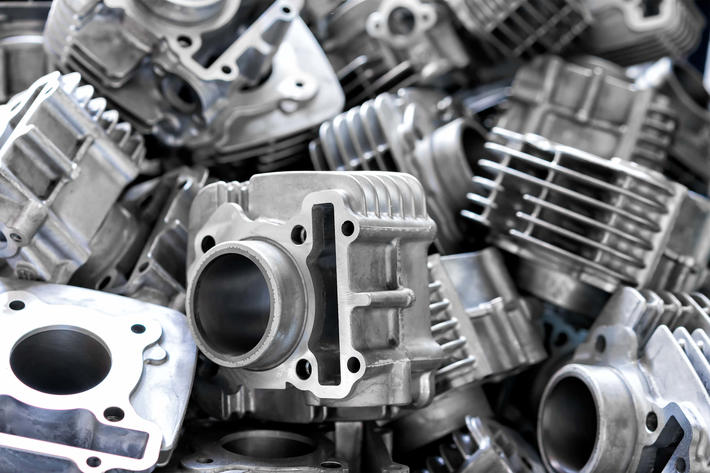
Why focus on green aluminum
Let's talk about green aluminum again because this is one of the strengths of the light metal in the development prospects of the coming decades. When we talk about "green" we are referring to many aspects of eco-sustainability that puts aluminum in first place among other industrial materials for the creation of the circular economy cycle.
Sustainable aluminum: characteristics and advantages
Aluminum requires energy to be produced, like other materials, but it has an edge because it can be recovered and put back into the cycle without losing its characteristics, and for this reason only 5% of the energy produced at the beginning of the cycle is needed. In essence, aluminum requires energy for the production of the primary metal, but it conserves it indefinitely thanks to the recycling of the material.
Metal from recycling currently covers over 30% of global needs and is expected to reach over 50% by 2050. At European level, recovered metal already covers over 35% of needs and in Italy we are at around 50%, which is considered today by many analysts to be the maximum achievable, given:
- The life cycle of products;
- The gap between scrap availability and the continuously growing demand for raw metal;
- The difficulty of imagining a complete recovery of old scrap;
- Finally, taking into account that secondary aluminum will have to be enriched with primary metal for many end uses.
But aluminum is not only green because it is easy to recycle: for some years now, initiatives have been developed by large primary producers to differentiate it based on its CO2 footprint, which in turn depends on the technical characteristics of the production plant and the type of electrical energy used (from fossil fuels, gas, hydroelectric, nuclear).
These are decisive steps towards the decarbonisation of industrial processes to slow climate change and which introduce new variables into the supply landscape. Today, not all types of primary aluminium are the same; the CO2 footprint of a primary metal produced in a smelter fuelled by hydrocarbon energy is at least 3-4 times higher than that of a primary produced by hydroelectric, nuclear, solar or wind energy. It is in everyone's interest to promote the most virtuous technologies and products, rewarding in Europe, which has a serious production shortage of primary aluminium and has not yet been able to develop a serious proposal on the energy plan to stop the flight of smelters, both the development of recycling and the influx of virtuous metal with a low CO2 footprint.
Source:A&L Aluminium Alloys Pressure Diecasting Foundry Tecniques


